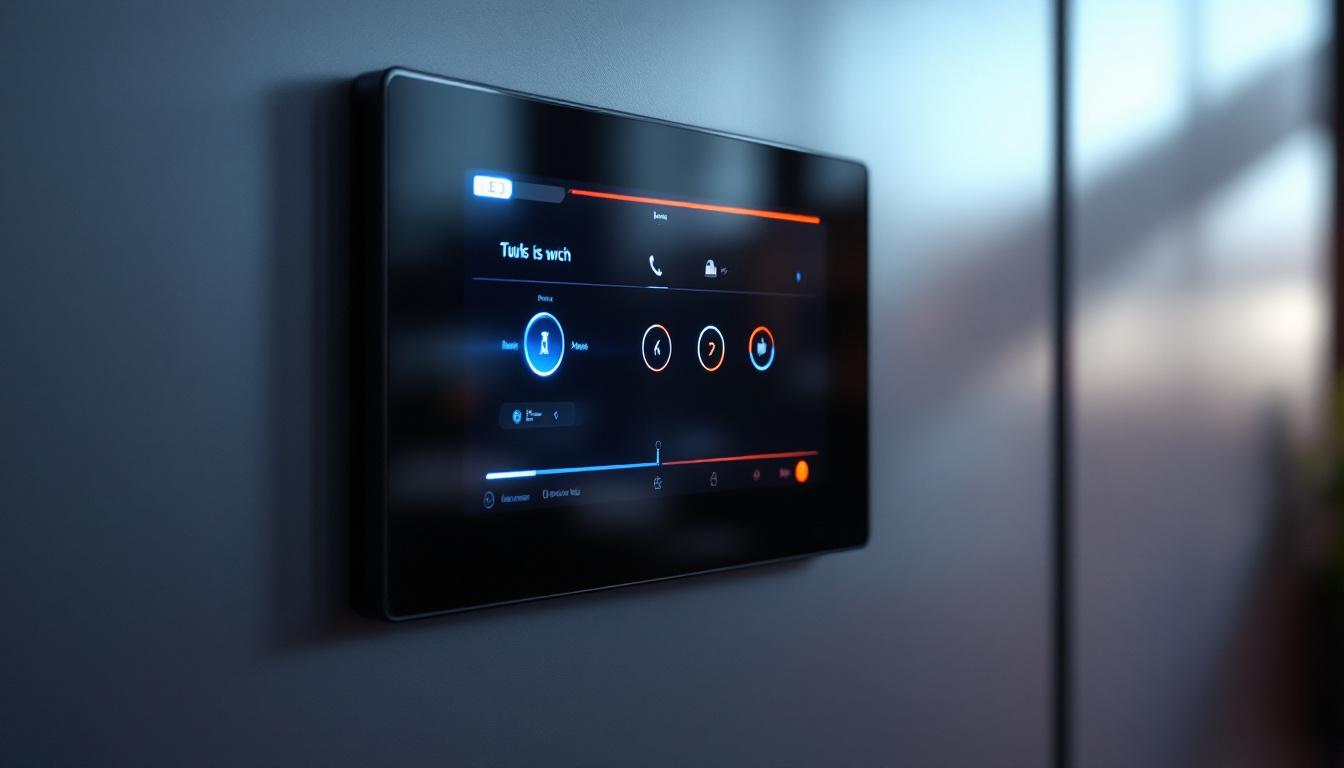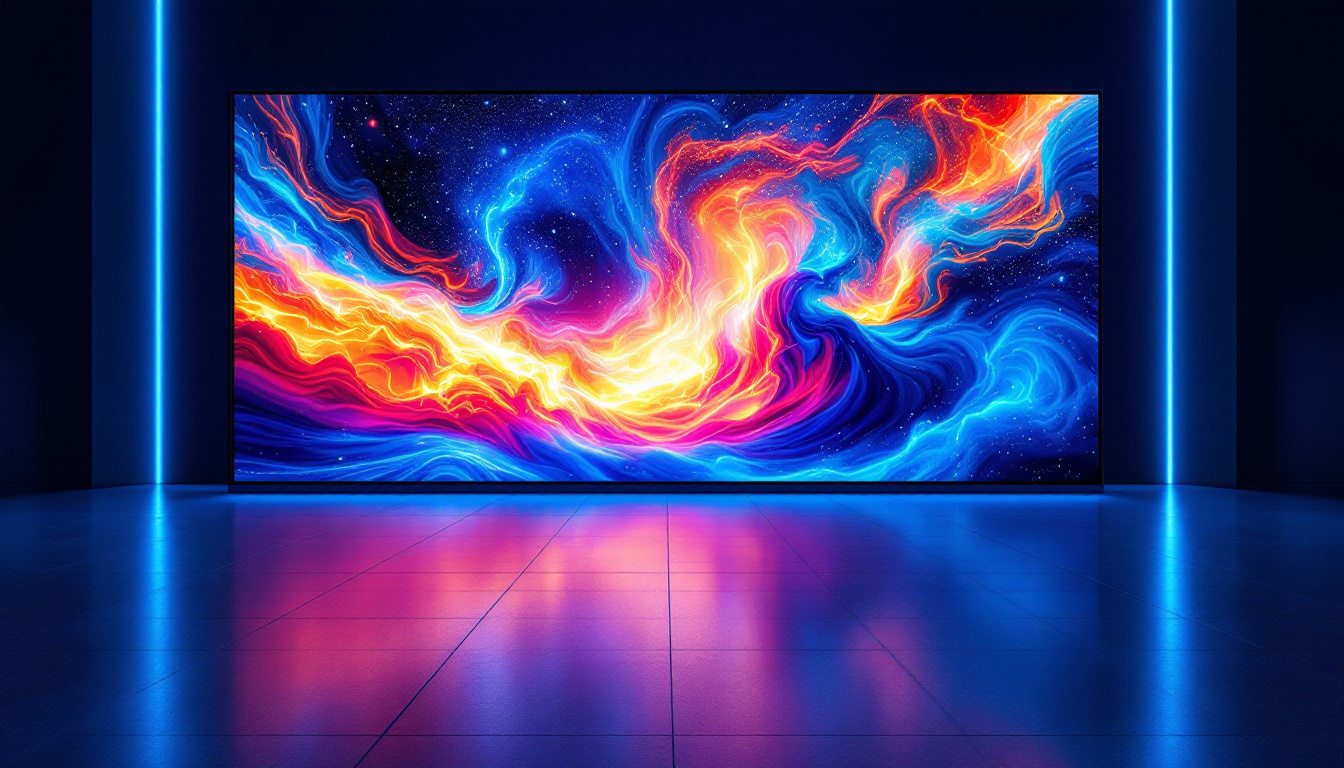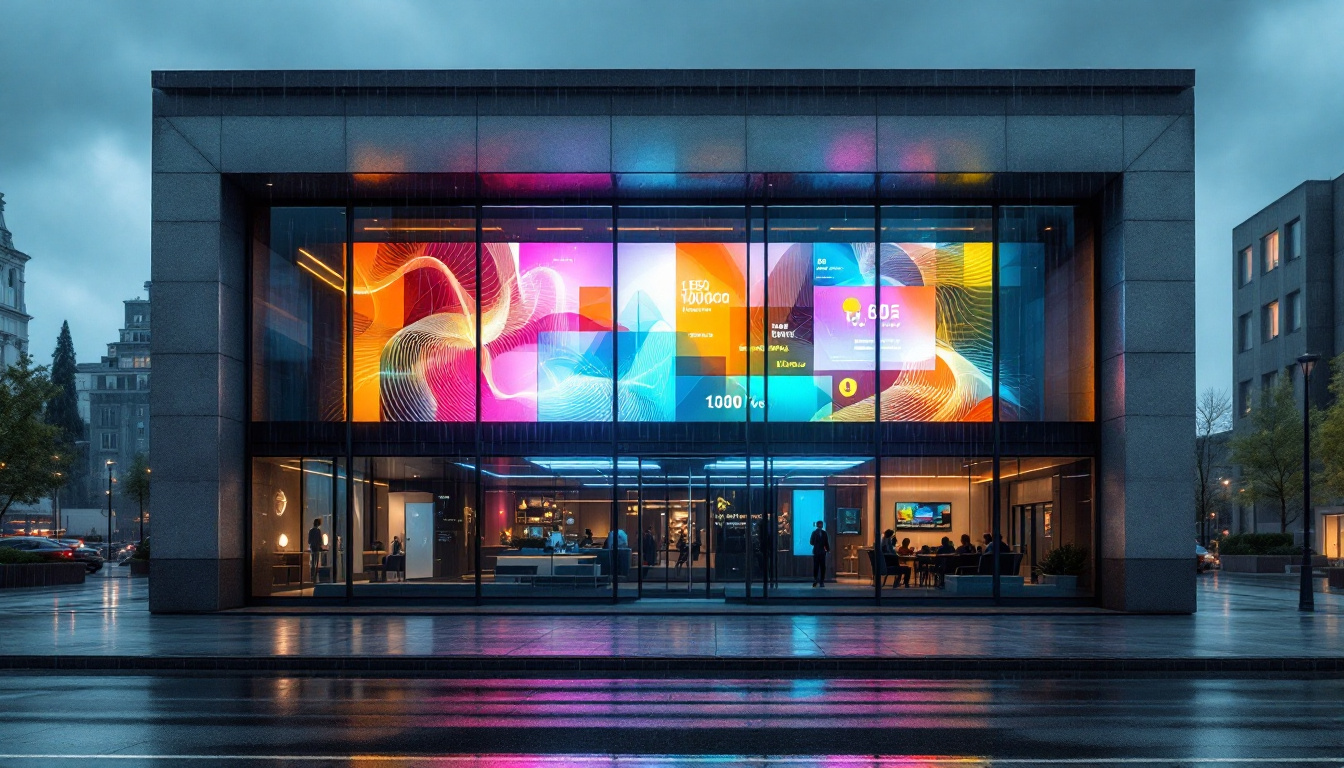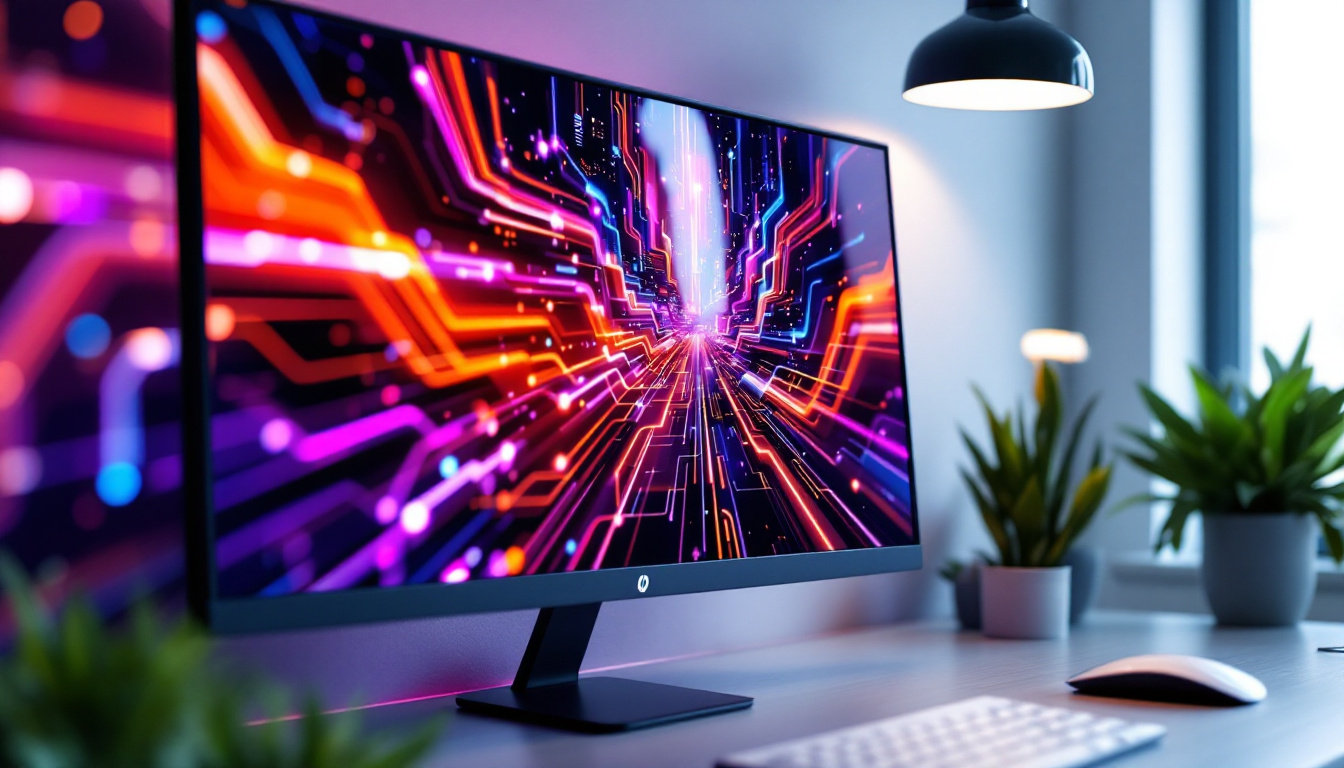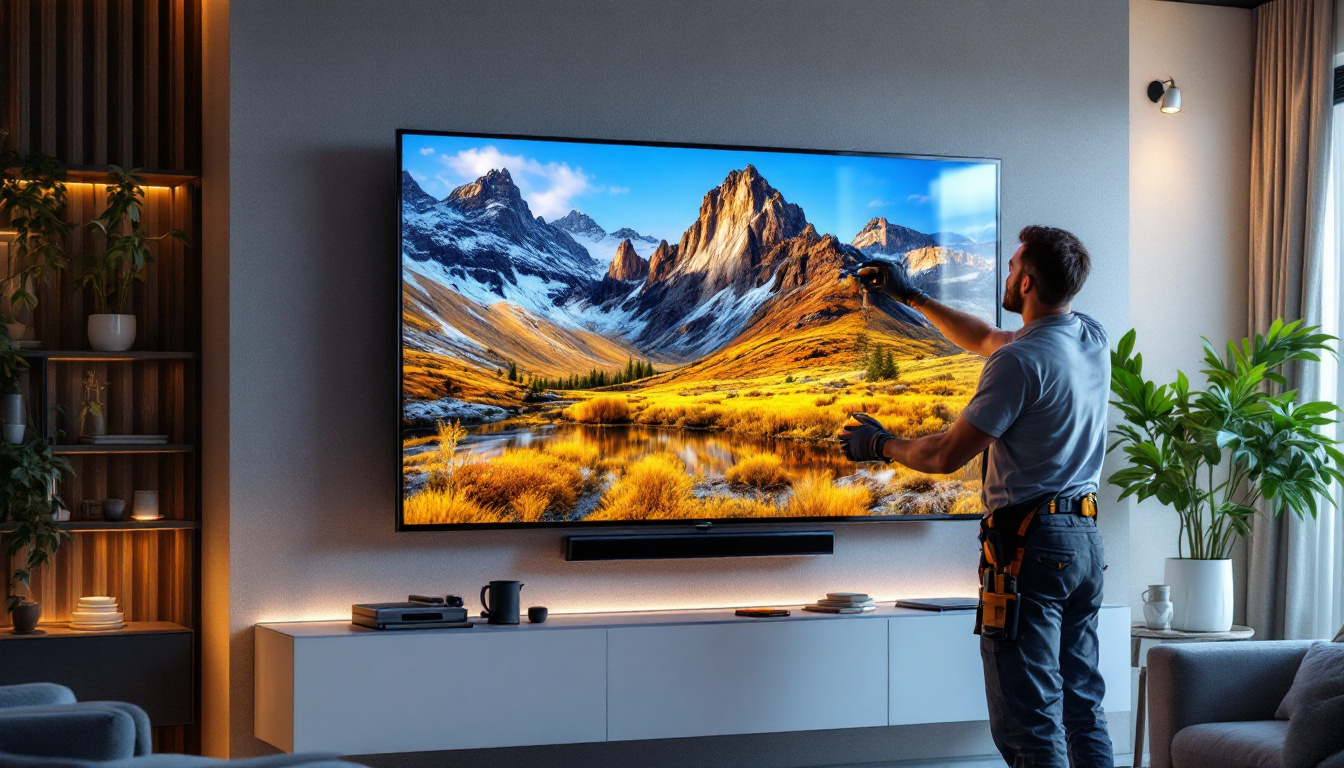In the rapidly evolving world of electronic interfaces, touch screen switch panels have become a cornerstone technology, blending convenience, efficiency, and modern aesthetics. Among their many features, LED displays integrated into these panels stand out for their ability to enhance user interaction and provide critical feedback at a glance. This article delves into the fundamentals of touch screen switch panels with LED displays, exploring their technology, applications, advantages, and what makes them an indispensable component in today’s smart devices and control systems.
Understanding Touch Screen Switch Panels
What Is a Touch Screen Switch Panel?
A touch screen switch panel is an electronic control interface that replaces traditional mechanical switches and buttons with a touch-sensitive surface. Users interact directly with the panel by touching designated areas, which act as switches to control various functions. These panels are often embedded in devices ranging from home automation systems and industrial machinery to automotive dashboards and consumer electronics.
The integration of touch technology allows for a sleek, flat surface that is easier to clean and maintain compared to conventional switches. Moreover, the ability to program the interface dynamically means the panel can adapt to different functions and user preferences without physical modifications. This adaptability is particularly advantageous in environments where user needs may change frequently, such as in smart homes or customizable industrial settings. Additionally, many touch screen switch panels are designed with user-friendly interfaces that enhance accessibility, allowing individuals of all ages and abilities to operate them with ease.
Types of Touch Technologies Used
There are several types of touch technologies employed in switch panels, each with unique characteristics:
- Resistive Touch: Consists of multiple layers that detect pressure from a finger or stylus. It is cost-effective and works well with gloves but generally offers lower clarity and responsiveness.
- Capacitive Touch: Uses the electrical properties of the human body to detect touch. It provides high clarity, multi-touch capability, and a smooth user experience but typically requires direct skin contact.
- Infrared Touch: Employs an array of infrared LEDs and photodetectors around the edges of the panel to detect touch points. This technology is durable and can detect any input type but is more susceptible to environmental interference.
Capacitive touch technology is the most common in modern touch screen switch panels due to its responsiveness and durability. This technology not only enhances the user experience with its quick response times but also allows for innovative features like gesture recognition, enabling users to perform complex commands with simple hand movements. Furthermore, advancements in touch technology have led to the development of haptic feedback systems, which provide tactile sensations in response to touch, making interactions feel more intuitive and engaging. As touch screen switch panels continue to evolve, we can expect to see even more sophisticated applications across various industries, further blurring the lines between physical and digital interfaces.
The Role of LED Displays in Touch Screen Switch Panels
What Is an LED Display?
LED (Light Emitting Diode) displays are flat-panel display technologies that use an array of light-emitting diodes to present images, text, or indicators. In the context of touch screen switch panels, LEDs serve as visual feedback elements, showing the status of switches, system alerts, or other important information.
Compared to traditional LCDs, LED displays offer superior brightness, better energy efficiency, and longer lifespan, making them ideal for environments with varying lighting conditions.
Types of LED Displays Used in Switch Panels
Several LED display formats are commonly integrated into touch screen switch panels:
- Segmented LED Displays: Often used for numeric or simple alphanumeric readouts, such as temperature or timer values.
- Dot Matrix LED Displays: Provide more flexibility by allowing the display of custom characters, symbols, or simple graphics.
- Full-Color LED Displays: Incorporate RGB LEDs to display a wide range of colors, enhancing the user interface with icons, animations, and alerts.
Full-color LED displays are increasingly popular in advanced control panels, offering intuitive and visually engaging user experiences.
Integration of LED Displays with Touch Panels
Combining LED displays with touch screen switch panels creates a powerful interactive system. The LED display provides immediate visual feedback when a user touches the panel, confirming actions such as turning a device on or off, adjusting settings, or navigating menus.
Moreover, LED indicators can display system statuses like power levels, error messages, or connectivity information, reducing the need for external indicators and simplifying the device’s design.
Applications of Touch Screen Switch Panels with LED Displays
Home Automation and Smart Living
Smart homes increasingly rely on touch screen switch panels with LED displays to control lighting, climate, security, and entertainment systems. These panels allow homeowners to customize settings easily and receive real-time feedback on the status of their devices.
For example, a touch panel in a living room might display the brightness level of lights using an LED bar graph, while also enabling users to adjust temperature or activate security alarms with a simple tap.
Industrial and Commercial Control Systems
In industrial environments, touch screen switch panels with LED displays are essential for monitoring and controlling machinery, production lines, and safety systems. The LED display provides critical information such as operational status, fault alerts, and performance metrics, enabling quick decision-making and minimizing downtime.
These panels are designed to withstand harsh conditions, including dust, moisture, and temperature extremes, ensuring reliable operation in demanding settings.
Automotive and Transportation
Modern vehicles incorporate touch screen switch panels with LED displays to manage functions like climate control, infotainment, and navigation. The LED display enhances driver awareness by showing clear indicators for system status, warnings, and settings adjustments.
Touch panels reduce the number of physical buttons, contributing to a cleaner dashboard design and improved ergonomics.
Consumer Electronics
From kitchen appliances to personal gadgets, touch screen switch panels with LED displays offer intuitive control interfaces. For instance, microwave ovens with touch panels use LED displays to show cooking time, power levels, and mode selections, making operation straightforward and user-friendly.
Advantages of Using LED Displays in Touch Screen Switch Panels
Enhanced User Experience
LED displays provide bright, clear, and immediate feedback, which significantly improves the user experience. Visual cues such as color changes, blinking indicators, or numeric readouts help users understand the current state of the device and confirm their inputs without confusion.
Energy Efficiency and Longevity
LED technology is known for its low power consumption and long operational life. This makes LED displays ideal for battery-powered devices or systems where energy efficiency is a priority. Additionally, LEDs maintain brightness and visibility over time, reducing maintenance and replacement costs.
Customization and Flexibility
LED displays can be programmed to show a wide range of information, from simple on/off indicators to complex graphical data. This flexibility allows manufacturers to tailor the user interface to specific applications, enhancing functionality without increasing physical complexity.
Durability and Reliability
LEDs are solid-state devices, meaning they are more resistant to shock and vibration compared to traditional bulbs or mechanical indicators. This robustness is crucial in environments where reliability is paramount, such as industrial controls or automotive applications.
Technical Considerations When Designing Touch Screen Switch Panels with LED Displays
Display Brightness and Visibility
One of the key design challenges is ensuring that the LED display remains visible under various lighting conditions. Bright outdoor environments require high-luminance LEDs, while indoor applications may benefit from adjustable brightness to reduce glare and eye strain.
Touch Sensitivity and Accuracy
The touch panel must accurately detect user inputs without false triggers. This involves selecting the appropriate touch technology and calibrating the system to respond correctly to different touch pressures and gestures.
Power Management
Balancing the power consumption of the touch panel and LED display is critical, especially for portable or battery-operated devices. Efficient LED drivers and low-power touch controllers help extend battery life without compromising performance.
Integration and Communication Protocols
Modern touch screen switch panels with LED displays often communicate with other system components via protocols such as I2C, SPI, or CAN bus. Ensuring seamless integration requires careful planning of hardware interfaces and software drivers.
Environmental Protection
Depending on the application, the panel may need protection against dust, moisture, and temperature extremes. This is typically achieved through ruggedized enclosures, conformal coatings, or sealed touch surfaces.
Future Trends in Touch Screen Switch Panels and LED Displays
Advancements in OLED and MicroLED Technologies
While LED displays are currently dominant, emerging technologies like OLED (Organic LED) and MicroLED offer even higher contrast ratios, thinner form factors, and improved color accuracy. These advancements are expected to influence the design of future touch screen switch panels, providing richer visual experiences.
Integration of Haptic Feedback
Combining LED displays with haptic feedback mechanisms can enhance user interaction by providing tactile responses to touch inputs. This multisensory approach improves usability, especially in environments where visual attention may be limited.
AI-Driven Adaptive Interfaces
Artificial intelligence is beginning to play a role in customizing touch screen switch panels. AI algorithms can learn user preferences and adjust the LED display content dynamically, optimizing the interface for efficiency and personalization.
Energy Harvesting and Sustainability
Future designs may incorporate energy harvesting technologies to power LED displays and touch sensors, reducing reliance on external power sources and promoting sustainability in electronic devices.
Conclusion
Touch screen switch panels with integrated LED displays represent a significant leap forward in electronic interface design. Their combination of intuitive touch control and vibrant visual feedback enhances usability across a broad spectrum of applications—from smart homes and industrial controls to automotive systems and consumer electronics.
Understanding the underlying technologies, design considerations, and emerging trends is essential for engineers, designers, and decision-makers aiming to implement or improve these systems. As LED display technology continues to evolve alongside touch interfaces, the potential for more interactive, efficient, and user-friendly control panels will only expand, shaping the future of human-machine interaction.
Discover LumenMatrix’s Advanced LED Display Solutions
Ready to elevate your touch screen switch panel experience with the latest in LED display technology? LumenMatrix is at the forefront of creating immersive visual experiences that captivate and engage. From dynamic Indoor and Outdoor LED Wall Displays to specialized solutions like Vehicle LED Displays and LED Sports Displays, our extensive range ensures there’s a perfect fit for every application. Embrace the future of visual communication with our innovative LED Poster Displays, Floor LED Displays, Custom LED Displays, and the sleek All-in-One LED Display options. Experience the transformative power of our LED Transparent Display and see how LumenMatrix is redefining the art of digital signage. Check out LumenMatrix LED Display Solutions today and join the revolution in human-machine interaction.

